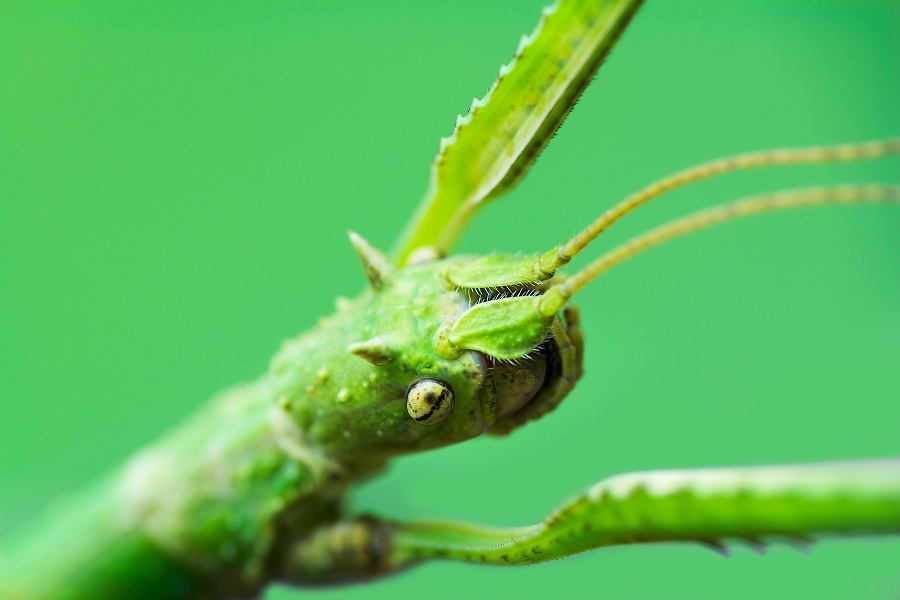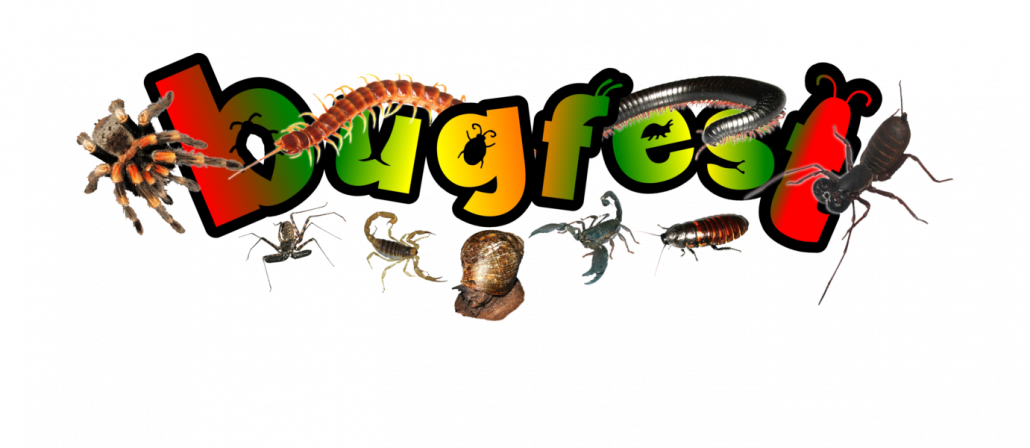

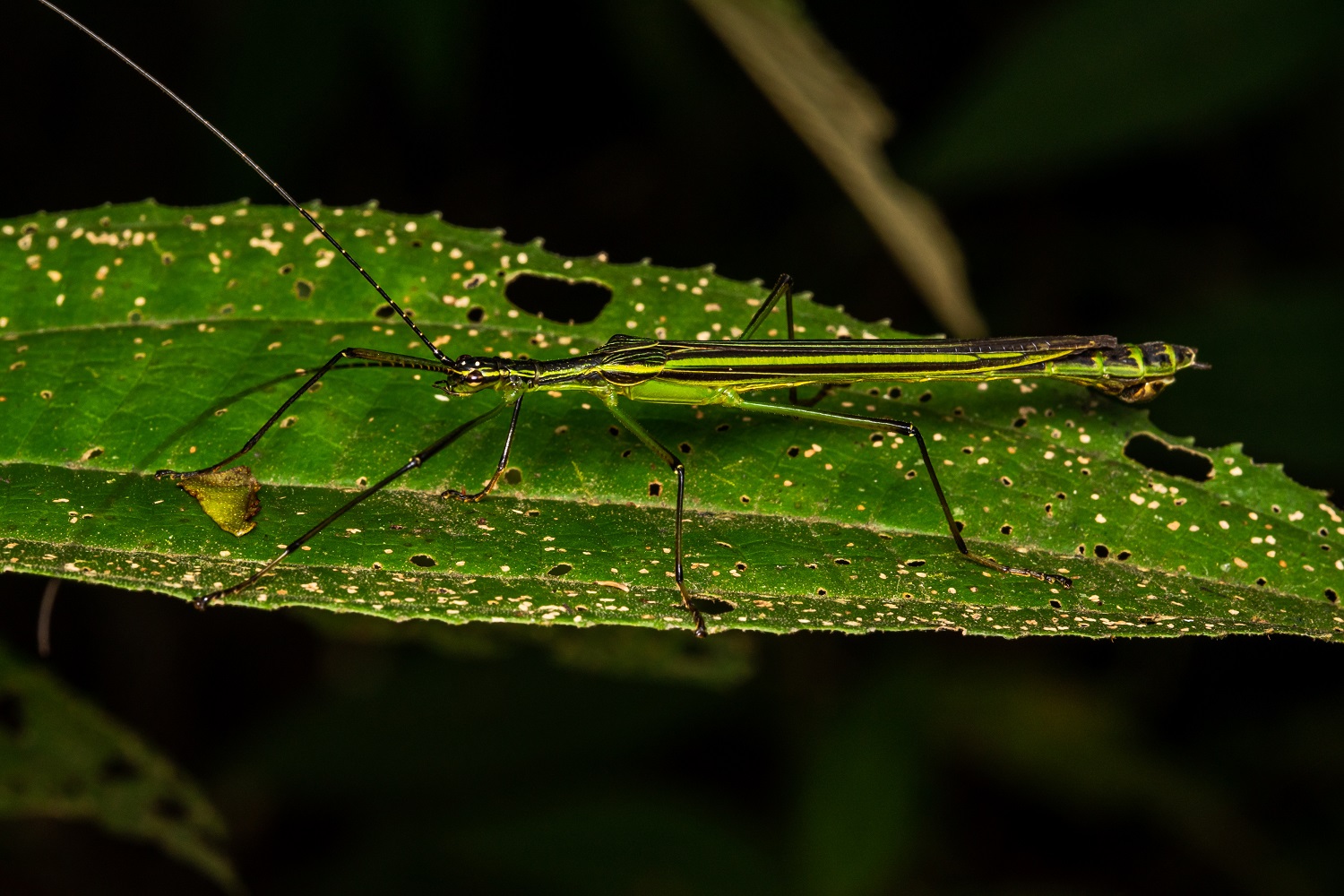
of Stick Insects
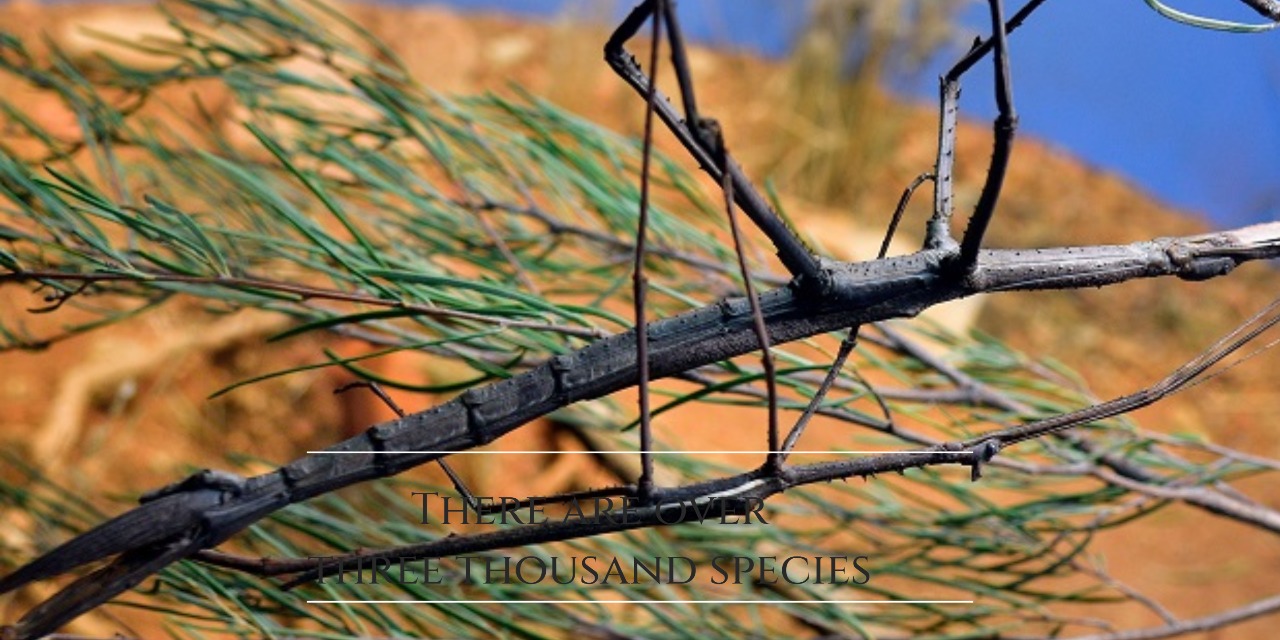
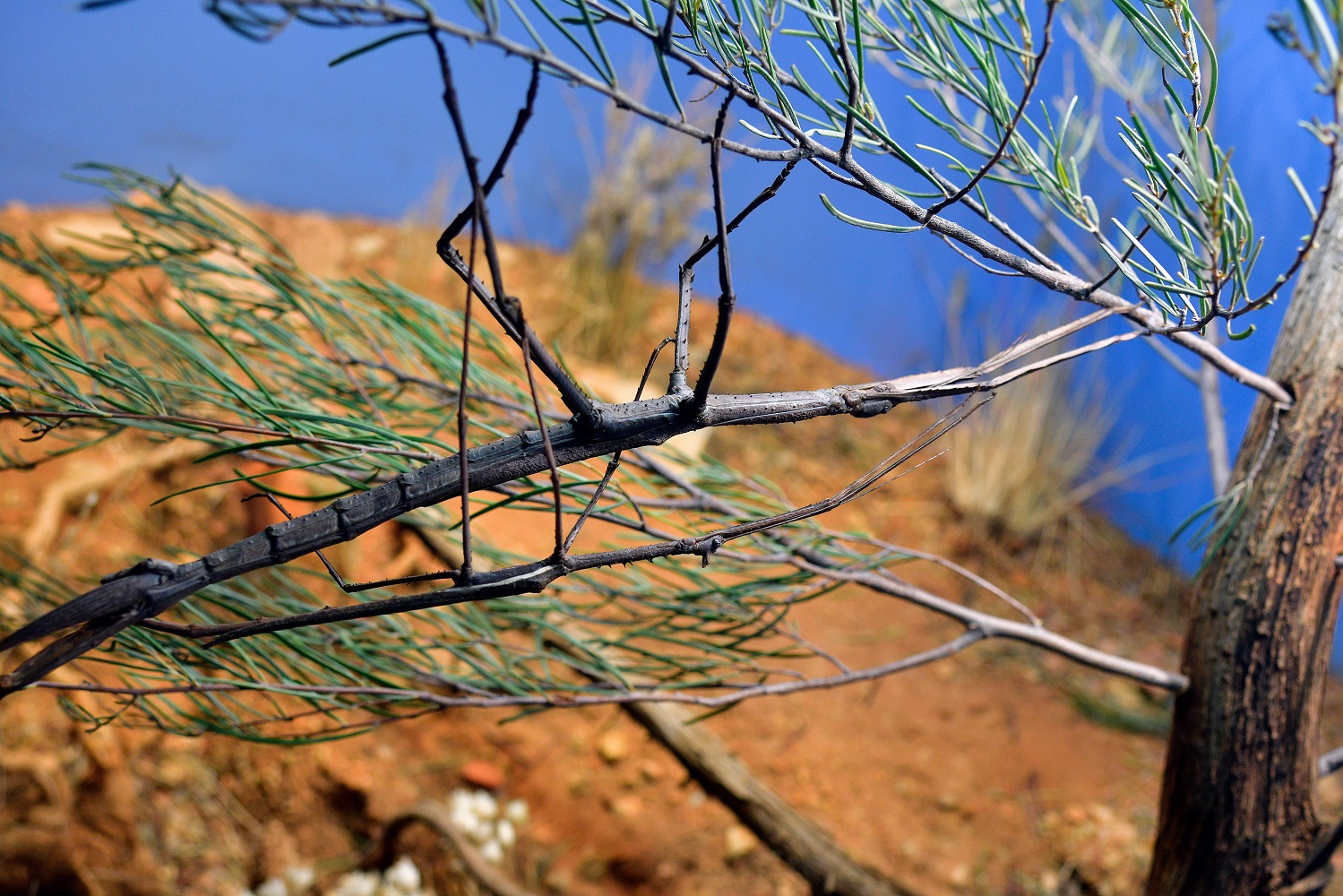
three thousand species
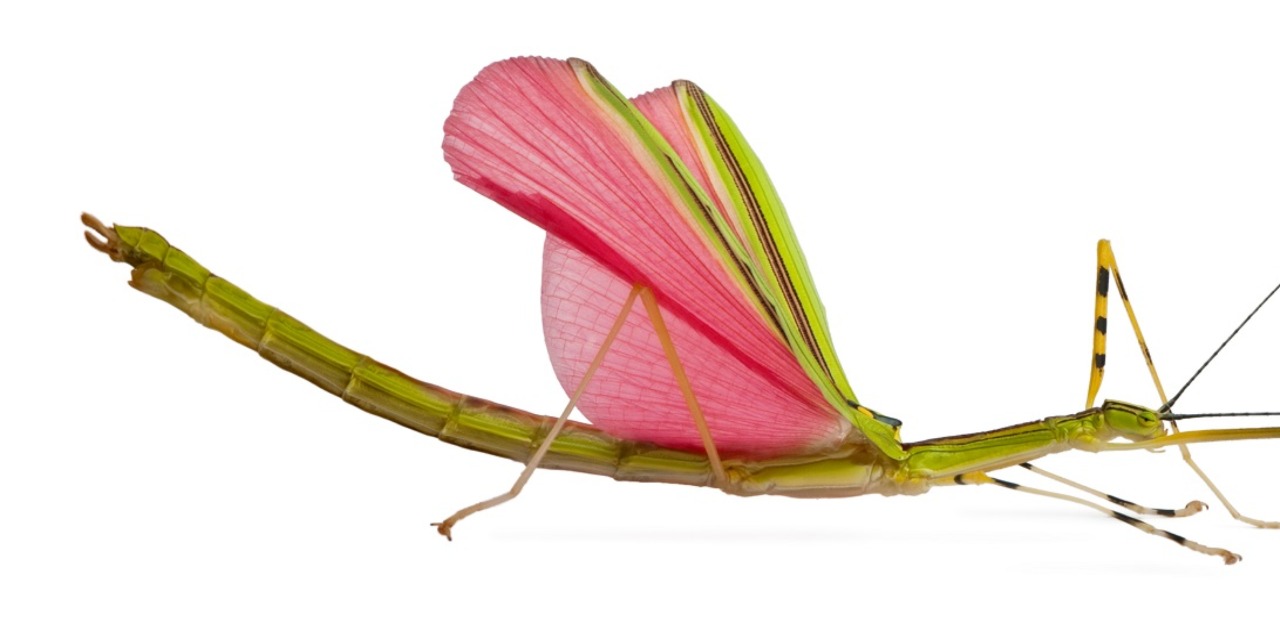

beautiful...
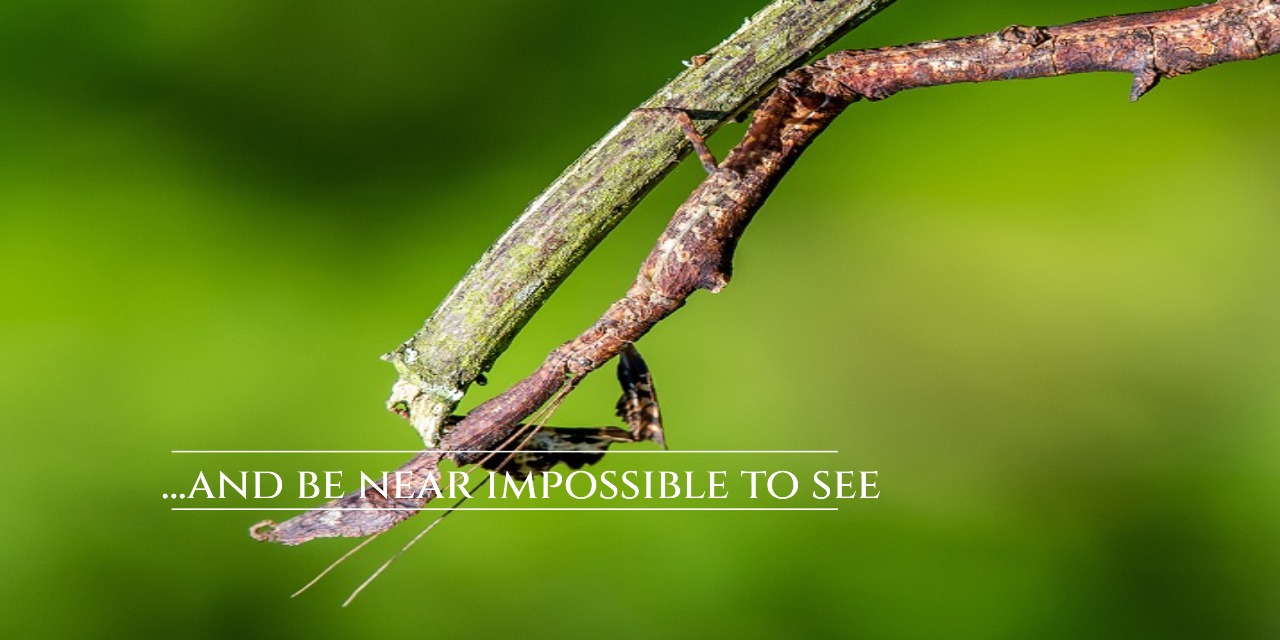
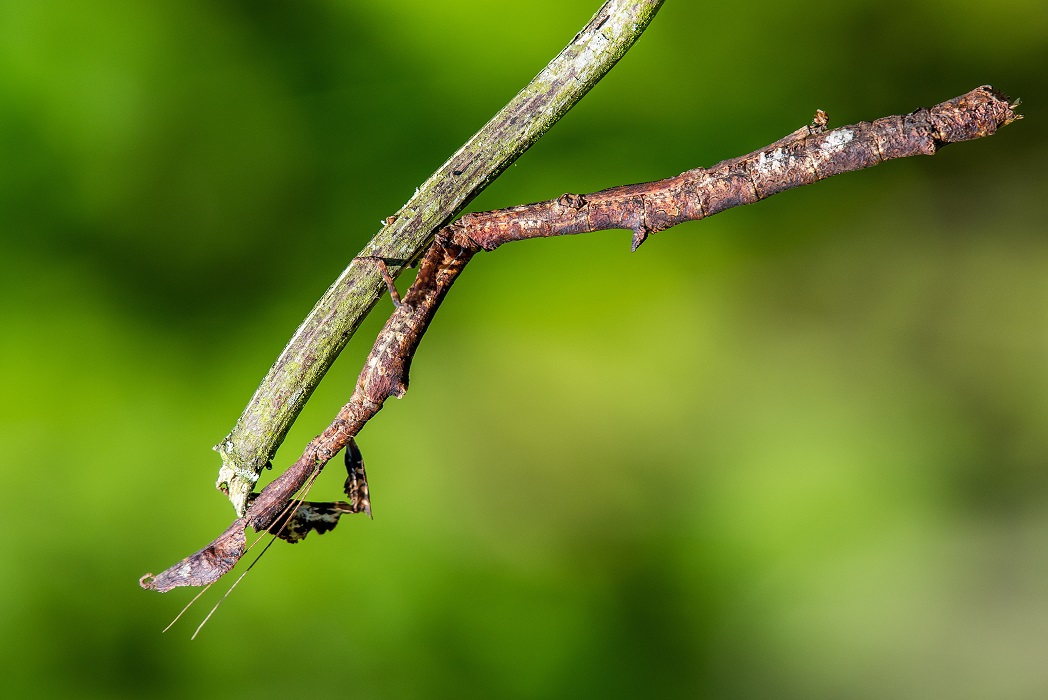
What are Stick Insects?
There are more than 3,000 species of stick insect found all over the world. They get their name from their long, thin bodies that look like sticks. Most species of stick insect are green or brown, which helps them camouflage in their habitats and avoid detection from predators. This is how they got their family name Phasmida, from the old Greek for phantom – Phasma, because they seem to disappear in front of your eyes like a phantom.
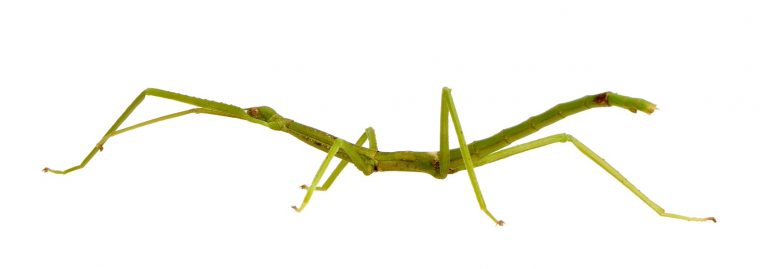
What do stick insects look like?
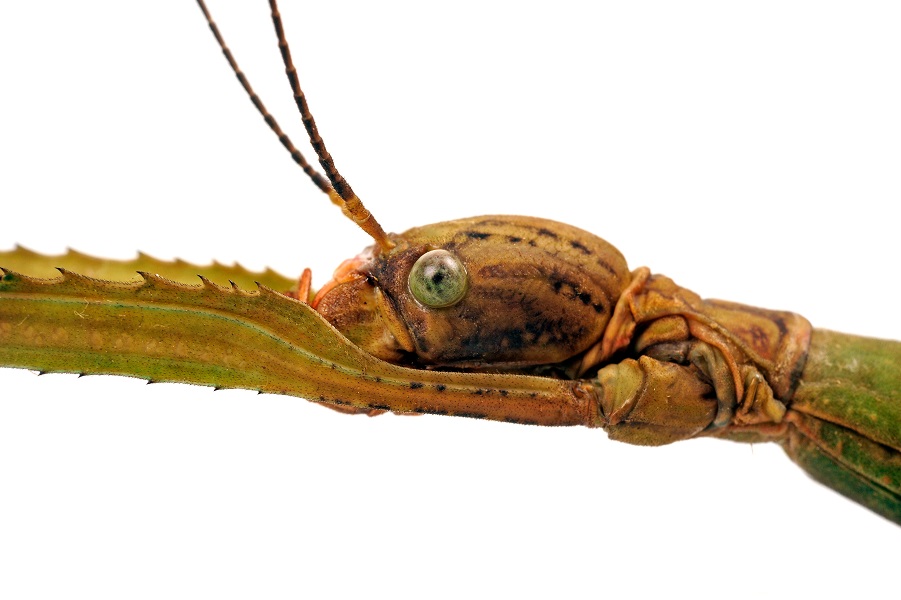
Stick insects are incredibly varied in shape size and colour. They can be long and thin, with cylindrical bodies, leafy, spikey, over half a metre long and sometimes potentially dangerous.
As with all insects, they have six legs, two antennae, and two compound eyes. Some stick insects have wings as well.
Where and when can you find them?
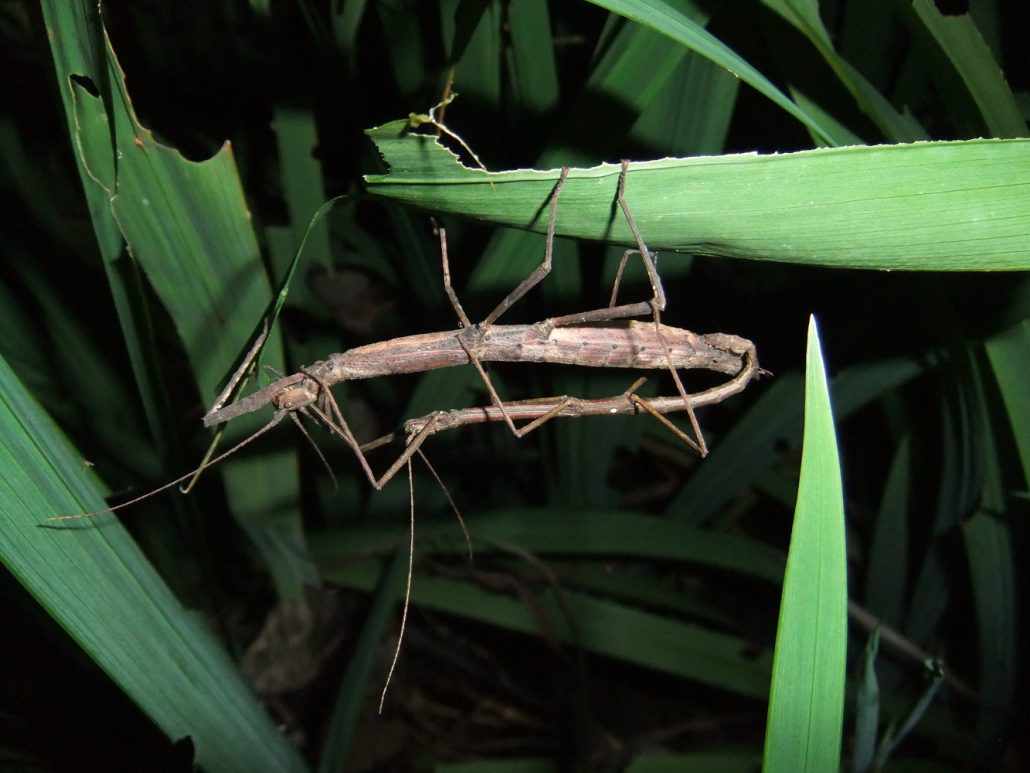
Stick insects are usually nocturnal, meaning they are most active at night. During the day, they rest on the branches and leaves of plants, where they blend in with their surroundings. When disturbed, some stick insects can drop off their perches and fall to the ground, where they play dead until the predator goes away.
As their name suggests, stick insects spend the vast majority of their time up in trees. In tropical regions, they can be found in both primary and secondary forests, as well as in bamboo groves and on bushes. They are also common in parks and gardens in villages, towns and cities; there are even a few species that have made their home in England!
These ones however are only found along the south coast from Cornwall to Hampshire and the Isles of Scilly.
What do stick insects eat?
Stick insects are herbivores, meaning that they only eat plants. Some of the more common plants that stick insects eat include: bramble, roses, ivy, and privet. However, there are a wide variety of plants that stick insects will consume depending on the species. Some species will eat several types of plant, some will only eat one – which can sometimes be hard to get hold of which can make them very tricky to keep.
Stick insects are able to extract all the nutrients they need from plants, and in some specially adapted species, such as the Anisomorpha phasmids, all the moisture they need – sometimes, too much moisture can kill these and they should not be sprayed.
While stick insects are strict vegetarians, there are a few occasions where the larger species accidentally feed on small invertebrates that accidentally get in the way. Sometimes they can even eat their own feet and antennae – so watch out for overcrowding!
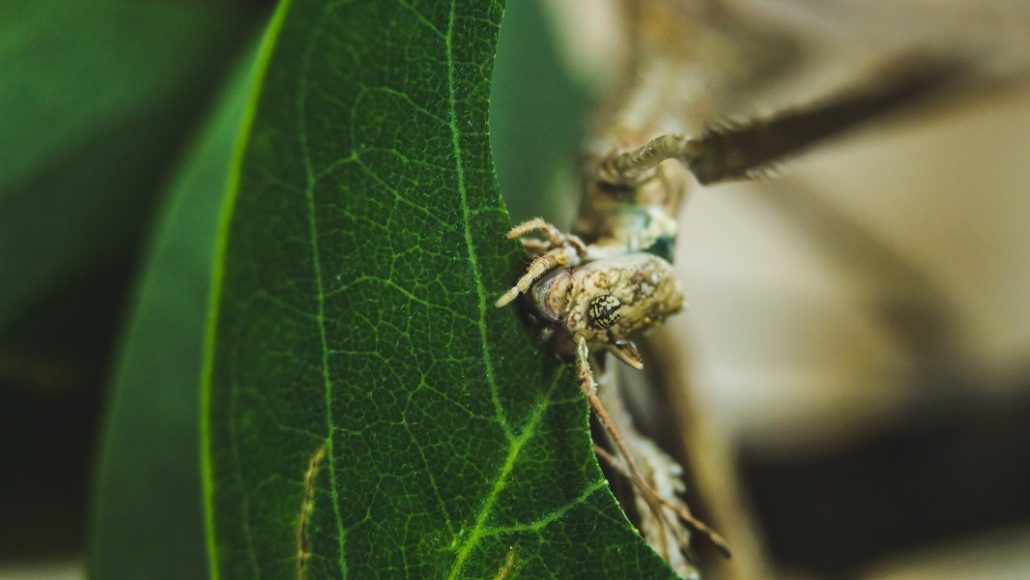
Are there any dangerous stick insects?
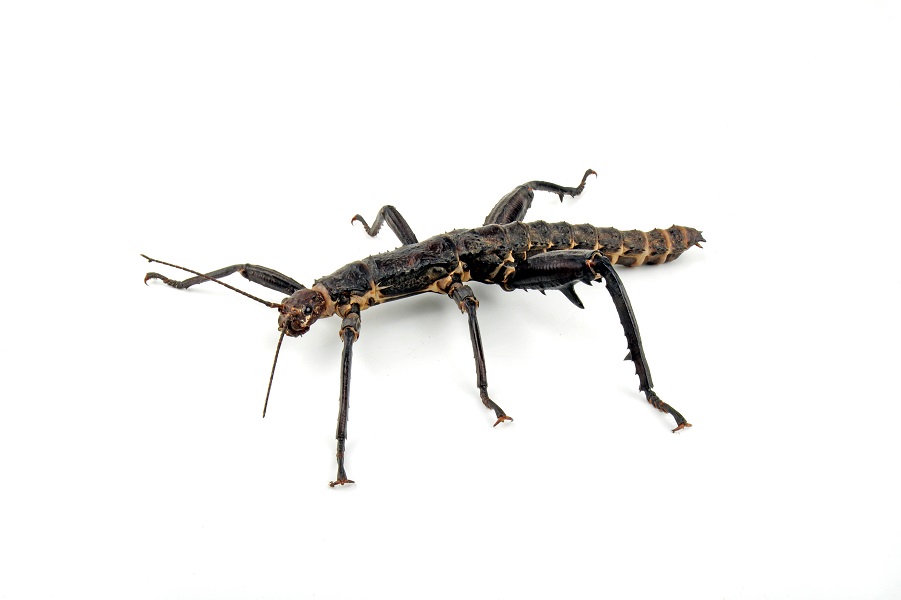
Yes and no.
The most dangerous species tend to have very powerful chemical defences or very big sharp spines. There are no known life-threatening species.
Some have big sharp spines on their legs that can puncture skin. Some have very big thick muscly hind legs with a long sharp hooked spur, that can be driven into your finger, down to the bone and give you a painful hole pumping out blood to teach you the error of your ways!
Can I keep stick insects as pets?
Are they easy to look after?
There are a few key things to remember when keeping stick insects as pets.
Firstly, they may need a very spacious tank or cage as depending on species, they can grow up to 12 inches long.
Secondly, they are great climbers so make sure the enclosure has plenty of plants or branches for them to climb on.
Lastly, some need a humid environment, so mist the enclosure regularly with water. Some may even need an all-glass enclosure if they are from the tropical rainforest.
